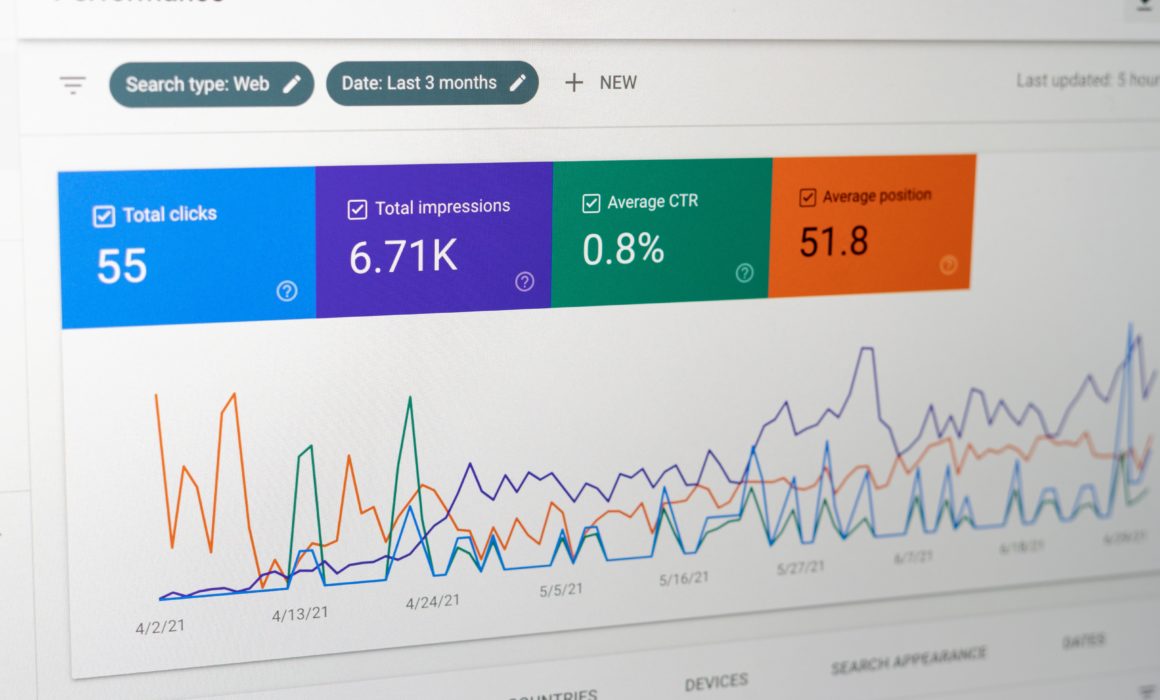Expanding Communications into the Digital Age: Benchmarking
In the digital age, a successful communications campaign is about so much more than just media coverage and measuring column inches. These days, building a brandŌĆÖs online identity is a critical aim of digital communications. For many of our clients, driving traffic back to their website and improving SEO ranking is a main objective of engaging a communications agency. This is where benchmarking a clientŌĆÖs owned channels before the campaign goes to market, becomes critical to measuring a campaignŌĆÖs overall success.
So, what is benchmarking? Benchmarking is when you do an audit of a brandŌĆÖs website, owned channels and entire digital footprint, leaving no stone unturned and being as thorough as possible. In a digital communications campaign, benchmarking includes metrics such as domain authority score, traffic (direct and organic), referrals, page ranking, and more!
At our communications agency, we like to use the below checklist:
- Domain authority
- Page ranking on google
- Social Followings
- Average daily users (Google Analytics)
- Type of users (Google Analytics)
- Top referrers (Google Analytics)
To ensure you have a complete picture of a brandŌĆÖs digital presence, you may also which to benchmark:
- Total backlinks currently directing to site
- Total number of linking root domains
- Follow vs. no follow links
- Top 10 current linking domains
- What content is ranking on P1 near your website
And itŌĆÖs important not to forget your other digital channels like social media platforms, your database and personal networks. For this, weŌĆÖd recommending benchmarking:
- Social followings (Instagram, Facebook, Linkedin, Twitter)
- Engagement/reach of social posts
- EDM Database numbers
- Number of EDM opens/clicks
- (If applicable) your own personal LinkedIn professional connections
You can use a SEO audit tool, like Moz, to capture this data. Before you create any content or strategy, it is essential that you benchmark everything related to a brandŌĆÖs digital presence, this will ensure that once the campaign kick-offs you can clearly see the tangible impact your communications strategy is having on raising your brandŌĆÖs profile and building its online presence.
Once youŌĆÖve benchmarked your brandŌĆÖs online presence fully, during the communications campaign you can check in on your progress. We would recommend doing this every 3 months, as youŌĆÖll be able to see which pieces of media coverage have generated the most backlinks and referral traffic, whether the SEO and page ranking has improved, and how PR activities are impacting upon your social media following.
Of course, this process works well for brands that already have an established digital footprint. However, if a communications agency is working with a brand that has just launched, in addition to benchmarking itŌĆÖs important to start off with the basics. When you set up the brandŌĆÖs website, ensure there are opportunities for data capture, like gated content where visitors enter in their email address to access downloadable assets. This will ensure you are building your database of strong leads that you can market and remarket over and over again. Creating a content hub will also help with benchmarking and kick-start your brandŌĆÖs overall SEO ranking.
What is a CRM funnel?
Using a CRM funnel is critical to building your brandŌĆÖs digital footprint and driving traffic back to your website. A CRM funnel is a communications method used to track and interact with potential and current customers. To build this funnel, you need to use a suitable CRM software. CRM funnels can help business owners and brand managers to keep track of sales history, conversions, promotions and generate more sales leads.
They key stages of a CRM funnel are awareness, interest, decision, and action. The awareness stage is created to draw in leads to your brand and introduce them to the products or services you offer. Digital communications tools that can be used in the awareness phase to draw leads include social media, digital advertising, influencer marketing, backlinks, SEO keywords, email marketing (EDMs), online editorial, contributing op-eds to relevant publications and sponsored content.
In the interest stage, your lead has expressed interest in your product or service by following you on social media, signing up to your mailing list or contacting you via your website. This is when gated content becomes useful, as your lead will most likely be willing to provide contact details in exchange for informative content like a webinar or an e-book.
The decision stage is when, as a result of your communications agencyŌĆÖs strategy, the lead makes the decision of purchasing your product or service. It is during this stage that they actively evaluate your product against competitors in the market. Finally, the action stage is where the lead makes up their mind and finalises the deal with you.
In 2021, PR is so much more than traditional media coverage in newspapers, TV, or radio. While these are still fantastic avenues for increasing brand awareness, it is integral that you keep using the tools of digital communications to build up your brandŌĆÖs digital identity for long term success.
If you would like to read more about Agent99ŌĆÖs digital communications services, please email the team at info@agent99pr.com
By Agent Kath
